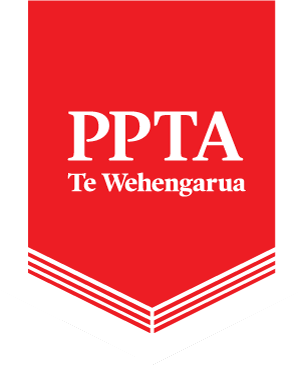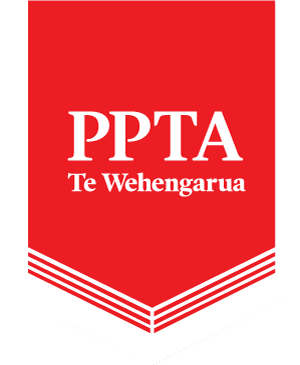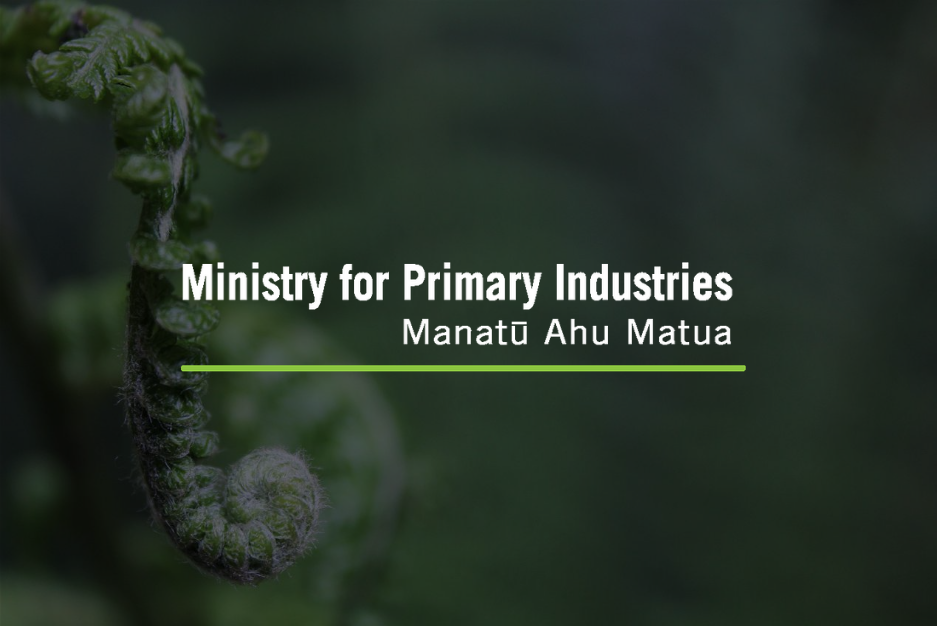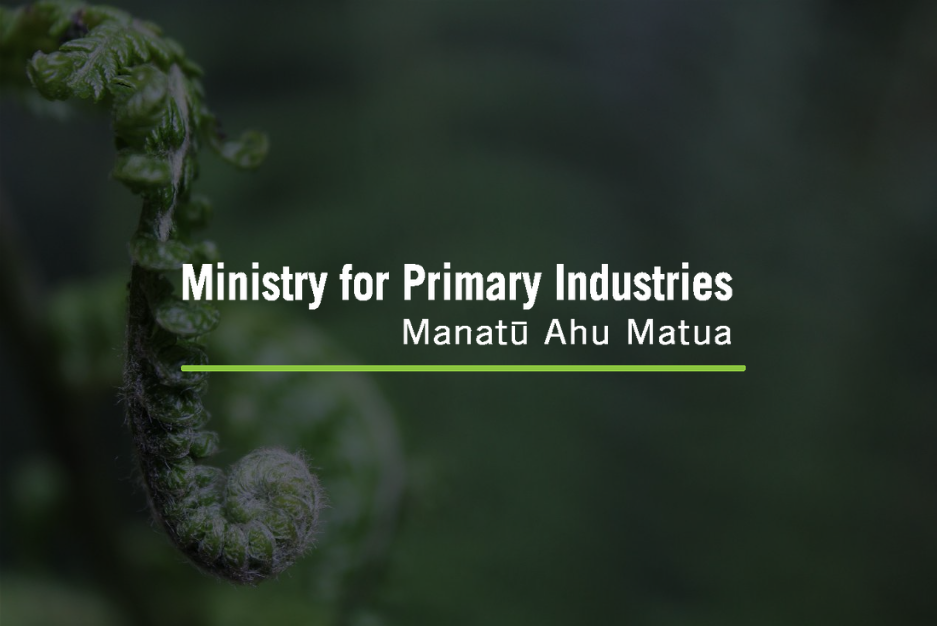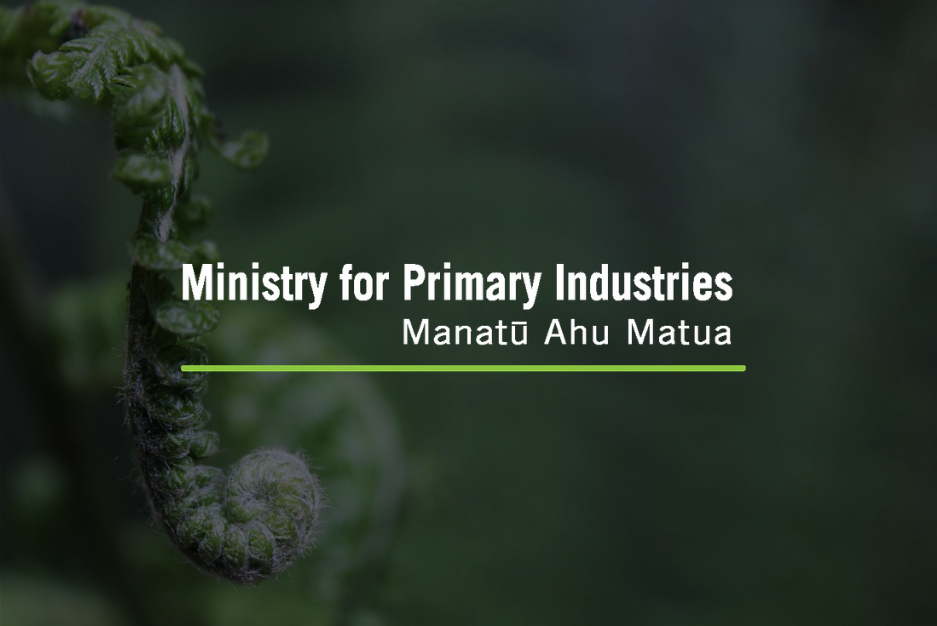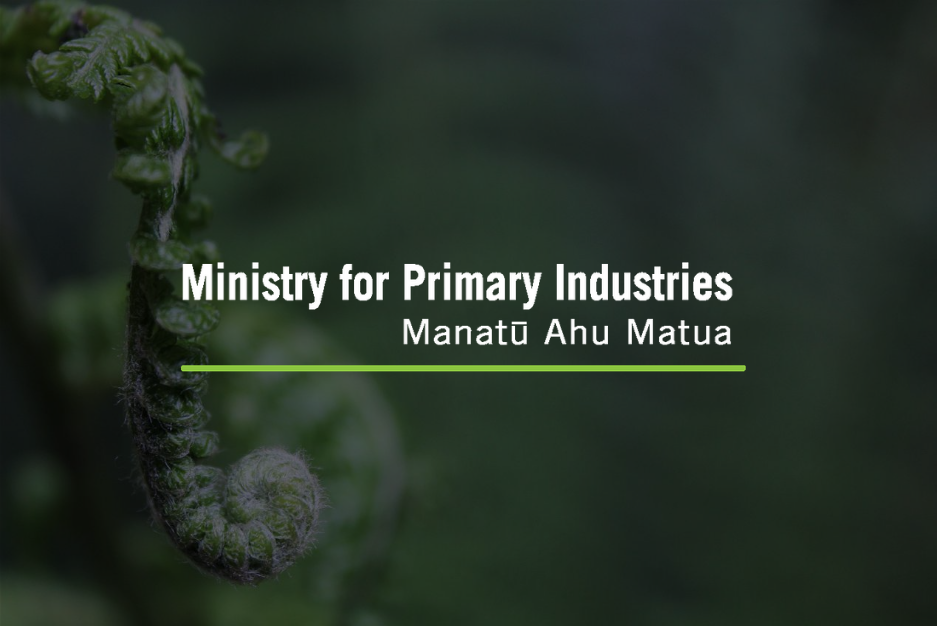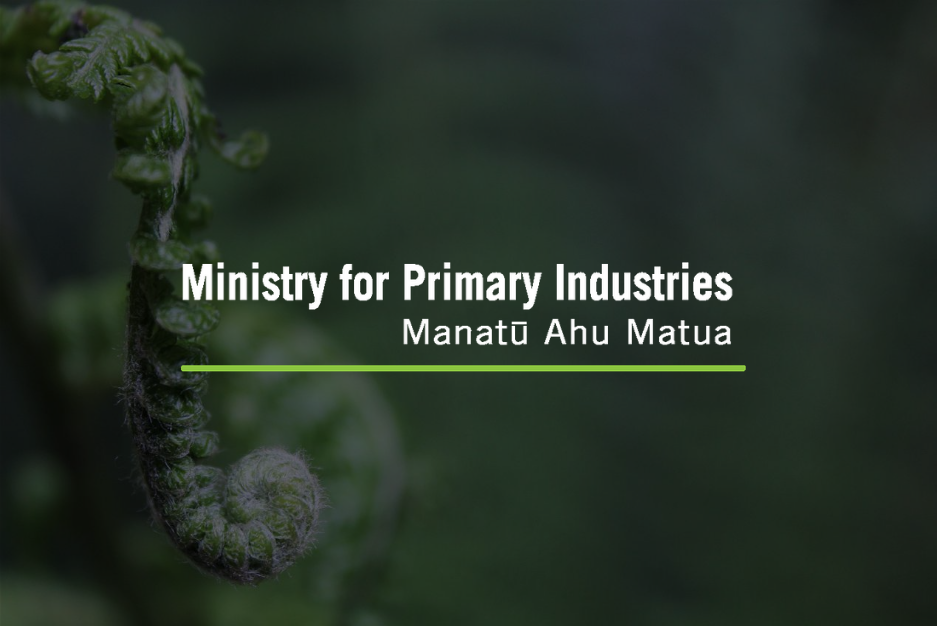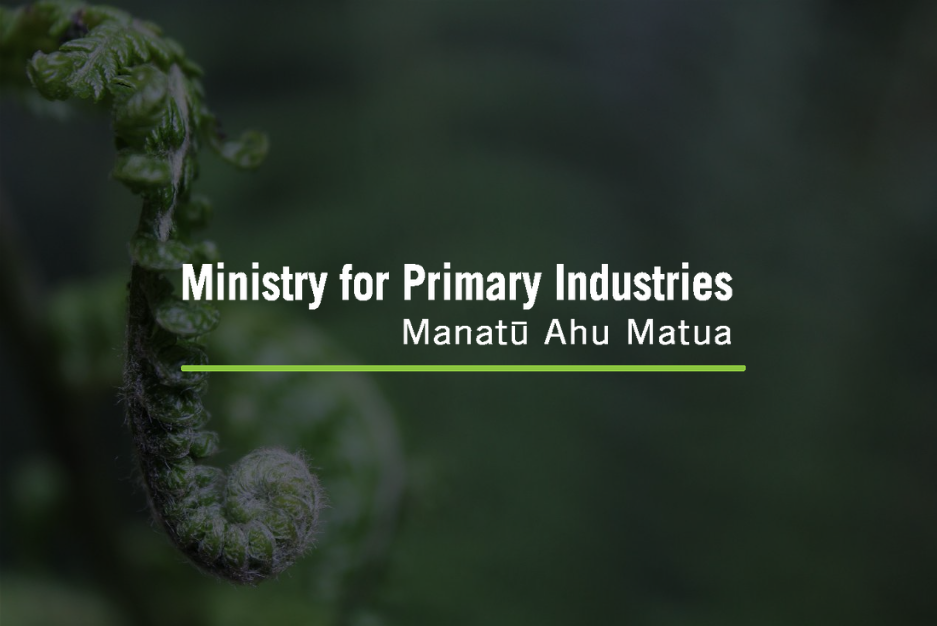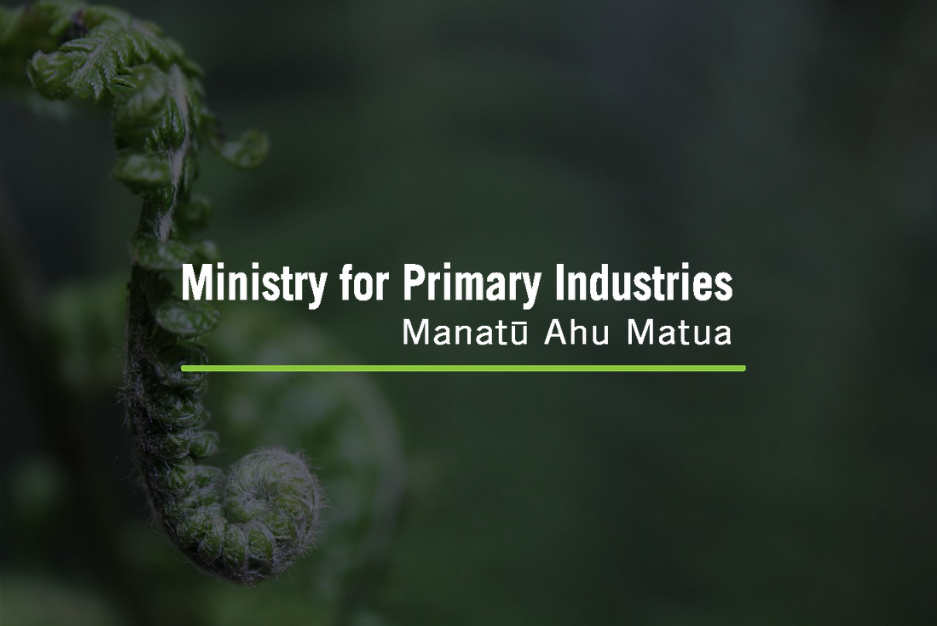Have your say
The Ministry for Primary Industries (MPI) is seeking feedback on proposed changes to the Animal Status Declaration (ASD) form. The ASD form was last changed in 2012. Since then, changes to our trade environment and the Bovine Tuberculosis Programme means that it’s time to update it.
On this page, you can find:
We welcome your comments about the changes to the ASD form. Submissions are open between 6 January 2025 and 31 January 2025.
Consultation document
Draft Animal Status Declaration (ASD) [PDF, 315 KB]
Related document
The current ASD form [PDF, 155 KB]
Changes that have prompted the update of the ASD form
The European Union (EU) has introduced new veterinary medicine regulations to support their actions in combating antimicrobial resistance. The regulations introduce new requirements for the import of animals and animal products from third countries, specifically prohibiting the use of antimicrobial agents administered for the sole purpose of promoting animal growth or increasing yield.
The use of antimicrobials to treat or prevent disease is not affected. For New Zealand, the requirement applies to bovine, ovine, caprine, and cervine species for human consumption. The requirements are already in place and also apply to trade within the EU.
From September 2026, MPI will be required to provide official health certificates for all animals and/or animal products exported to the EU, confirming that they meet the new rules.
To provide this certification, changes to the current Animal Status Declaration (ASD) are needed to include a declaration confirming whether animals have been treated with antimicrobial agents for the sole purpose of promoting animal growth or increasing yield. This will allow MPI to determine market eligibility and facilitate trade with the EU.
Making your submission
Submissions close at 5pm on Friday 31 January 2025.
To help make your submission, we encourage you to use our submission template.
Submission template feedback form [DOCX, 65 KB]
Email your submission to animal.products@mpi.govt.nz
While we prefer email, you can post your submission to:
New Zealand Food Safety
Ministry for Primary Industries
PO Box 2526
Wellington 6140.
What to include in your submission
Be sure to include:
- the name of the consultation document (Submission on proposed changes to the ASD form)
- your name and title
- your organisation’s name (if you are submitting on behalf of an organisation, and whether your submission represents the whole organisation or a section of it)
- your contact details (such as phone number, address, and email).
After the consultation closes
The publication date for the ASD has not been confirmed yet. MPI is working with OSPRI to confirm timelines for when the updated ASD will be issued. This includes updates to any electronic ASD.
Once the updated ASD has been issued, only the new form will be valid.
MPI is working with Beef & Lamb, DairyNZ, and the Meat Industry Association to assist with communication to farmers, processors, saleyards, and others of this change once the timelines for the update have been confirmed.
About the Animal Status Declaration form
The Animal Status Declaration (ASD) form is a vital component of the market eligibility system that underpins the Government’s ability to sign export certificates. It applies to cattle, deer, sheep, lambs, goats, ostriches, emus, horses, alpacas and llamas. A separate ASD is required for pigs.
The purpose of the ASD is to transfer key information about an animal, or group of animals, to the next person in charge of the animals, and ultimately to the processor.
Practices on farms, lifestyle blocks, and other places where food-producing animals are kept, impact on the safety and suitability of animals for processing. It can also affect the resulting animal products’ eligibility for trade. Knowledge of these practices is essential for our export trade.
The ASD also incorporates the Bovine Tuberculosis questions required by the Animal Health Board under the Biosecurity (National Bovine Tuberculosis Pest Management Plan) Order 1998.
The Animal Status Declaration for pigs is not affected by this update.
Find out more
Animal Status Declarations
About Animal Status Declarations (ASDs) – OSPRI
Biosecurity (National Bovine Tuberculosis Pest Management Plan) Order 1998 – NZ Legislation
Submissions are public information
Note that all, part, or a summary of your submission may be published on this website. Most often this happens when we issue a document that reviews the submissions received.
People can also ask for copies of submissions under the Official Information Act 1982 (OIA). The OIA says we must make the content of submissions available unless we have good reason for withholding it. Those reasons are detailed in sections 6 and 9 of the OIA.
If you think there are grounds to withhold specific information from publication, make this clear in your submission or contact us. Reasons may include that it discloses commercially sensitive or personal information. However, any decision MPI makes to withhold details can be reviewed by the Ombudsman, who may direct us to release it.
Official Information Act 1982 – NZ Legislation
